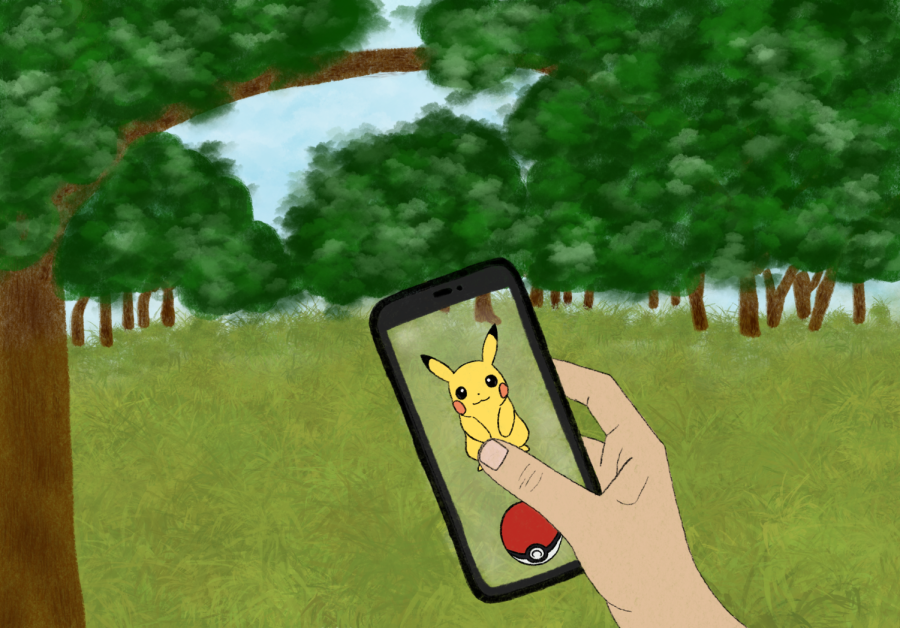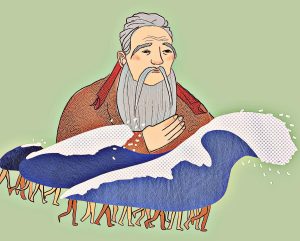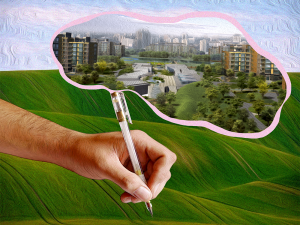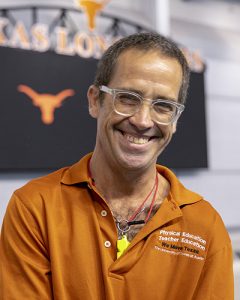Pokemon GO to the tower
April 16, 2023
As a signature part of 2016, Pokémon GO changed the way people played video games. Its in-person-based gameplay fostered unique communities and encouraged physical fitness. However, the mobile game soon fell off, deemed as a “fad” by many. Yet, what most don’t realize is the game isn’t dead but actually maintains a consistent user base — just not from who you might expect.
When I first picked up the game, I mostly interacted with neighborhood kids my age. Churches and schools turned into team territories, and I’d unite with other players to protect “our” gyms from other teams.
Almost seven years later, the game scene has completely changed. I rarely find players who are my age, but rather older professionals who are eager to collaborate.
Pokémon GO should be revitalized at UT.
Like many others, I stopped playing the game after the hype had died. I assumed the world had moved on since Pokémon GO seemed like a game for children. However, I soon realized it actually catered towards older demographics. After being introduced to some players at Rice University, I found a thriving player community consisting of professors, doctors and research scientists.
According to Ryan Cheng, a former postdoc at Rice, the proximity of Rice University to the Texas Medical Center allowed him to befriend medical doctors and PhD scientists.
“We wouldn’t have met otherwise,” Cheng said. “Now, I’m the only one of that group that does the game, but I still talk with them a lot, and we hang out and go on vacation.”
The game offers a foundation for lifelong friendships and opportunities to meet people from all different backgrounds.
“We got to meet a lot of Rice students,” Cheng said. “The community was really close, and people would help each other out, not only in the game, but for life things.”
A population of Pokémon GO players exists at UT, but the sense of community pales in comparison to Rice. The game functions as a unique networking tool, and students should capitalize on this opportunity to meet new people by rehashing their Pokémon nostalgia.
Since he started playing the game last fall, computer science junior Cole Brown has seen health benefits in addition to meeting new people.
“I am the target demographic when they said ‘Let’s make this app to get kids to go outside and touch the grass,’” Brown said. “I like doing it; I like the community and the health (aspect) is just a nice bonus.”
Pokémon GO differs from most games as it doesn’t have an end. Instead, it can be played wherever and whenever, leaving the gameplay mostly up to the player.
“(Pokémon GO) is really uncharted territory because it’s not really a video game. It’s kind of like a lifestyle game. You can play it as much or as little as you want. As you kind of go around the world doing things, if you feel like it, you can open the game and play it, but you don’t have to,” Cheng said.
The open-endedness of the game fits the fast-paced and changing lifestyle of students. Revitalizing Pokémon GO on campus could cultivate relationships between varying demographics of people, which most likely wouldn’t have been formed otherwise. This effort begins with students simply picking the game back up again.
In high school, I never would have imagined that the best way for me to get to know Rice academics would be through chasing legendary Pókemon together. Since coming to college, I hope to meet other members of the UT community the same way.
Monday is a Plan II and health and society freshman from Houston, TX.















